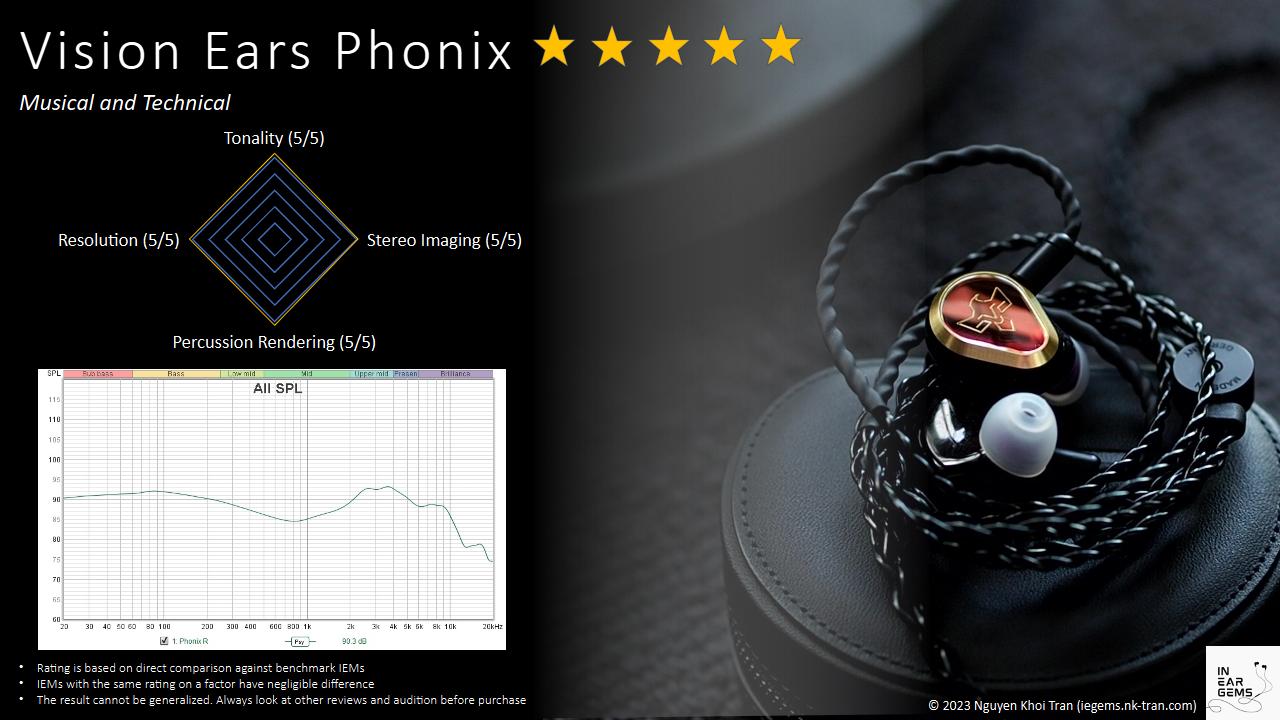Vision Ears Phonix - The Wings of Songs
If you go to the website of my local Head-fi store, Minidisc, and sort all of their IEMs by price, you would see Vision Ears Phonix at the top of the list, just one step behind the UM Multiverse Mentor. The Phonix itself is the reincarnation of the legendary VE Erlkönig, another IEM that broke the price barrier. What kind of sound can you get for the same amount of money as a used car or months of rent? Today, we look at the birds - VE Phonix.
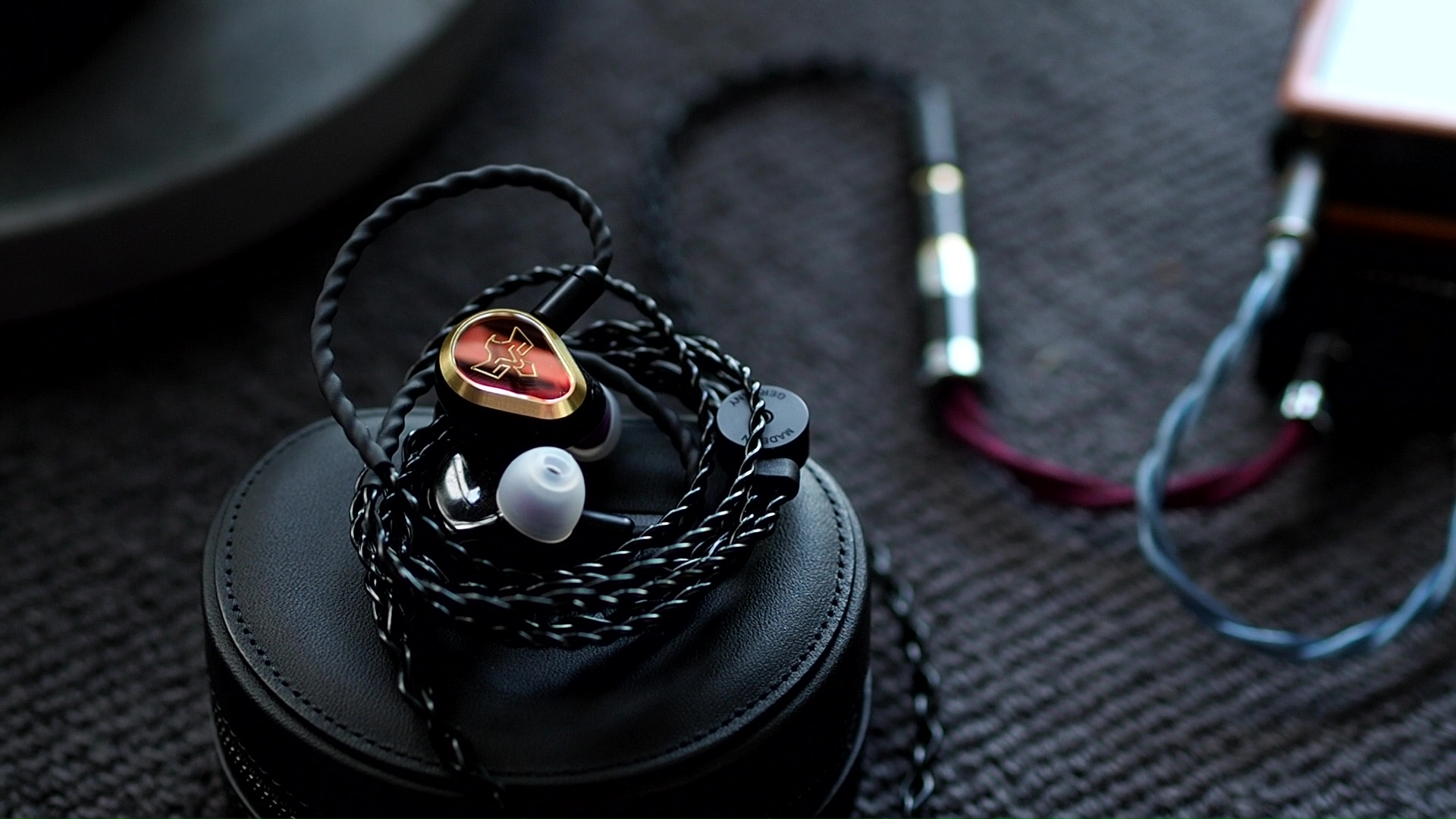
Forewords
- What I look for in an IEM is immersion. I want to feel the orchestra around me, track individual instruments, and hear all of their textures and details. I’m not picky about tonality, as long as it does not get in the way of immersion.
- I rate IEMs within with a consistent scale from 1 (poor) to 3 (Adequate) to 5 (outstanding). Ratings are assigned by A/B tests against benchmark IEMs, regardless of the retail price.
- Ranking list and measurement database are on my IEM review blog.
- This review is possible thanks to the Australian tour arranged by @Damz87, Vision Ears, and Minidisc Australia. The unit retails for A$6000 at the time this review was published. Aussies can find out more info and get yourself a unit from Minidisc
Sources for listening tests: Shanling M6U (DAC) + Topping G5 (Amp)
Local FLAC files ripped from CDs or bought from Qobuz were used for most casual listening and A/B tests. My playlist for A/B tests can be found on Apple Music here.
All of my listening was done with the stock Spinfit CP155 ear tips. I listen at a medium volume. I usually turn up the volume until the midrange is fully audible and detailed, unless a treble peak or overwhelming bass prevents me from doing so.
Specs
- Driver: 13 BA drivers, 5-way crossover
- Connector Type: 2-pin 0.78mm
- Impedance: Unknown
- Sensitivity: Unknown
Build and Comfort

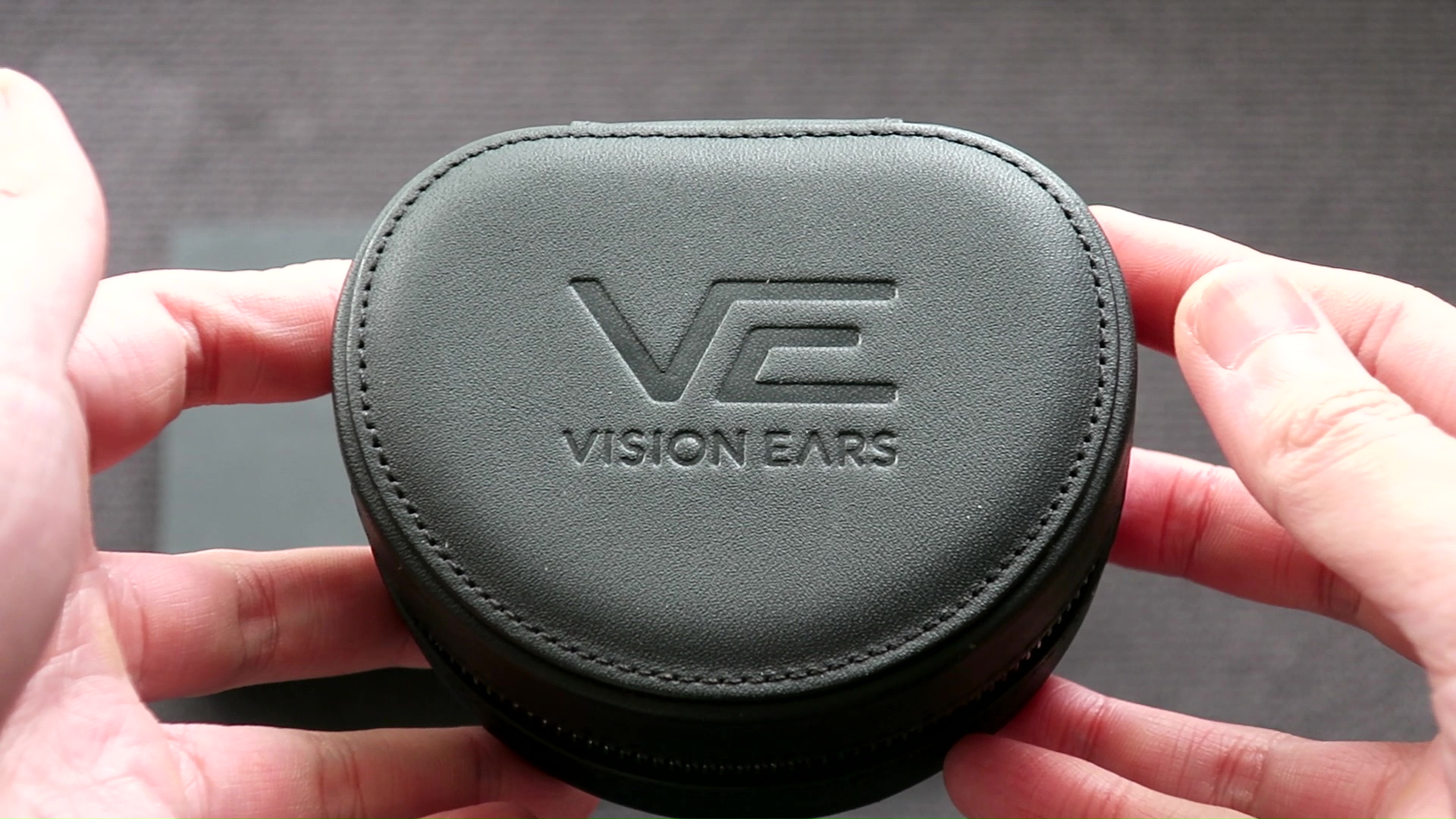

Accessories: The Phonix comes with a set of accessories that consist of a 2.5mm cable, a 2.5mm-to-4.4mm adapter, spin-fit eartips, and a custom leather case. Among these accessories, I found the case to be particularly appealing. It not only offers a protective enclosure for the IEM but also provides a comfortable fit, unique aesthetics, and a luxury feel. It is important to note that the accessories included with my tour sample may differ from those provided with the official retail units of the Phonix.

Stock cable: The stock cable of the Phonix has a plain appearance, primarily due to the shiny black plastic sheathing and black metal hardware. In terms of functionality, the cable is soft and well-behaved, exhibiting minimal tangling and coiling tendencies. One aspect that disappointed me was the default termination with a 2.5mm connector. This design choice, combined with the use of a 4.4mm adapter, resulted in a longer and potentially more delicate jack, making it less suitable for portable use. It is worth mentioning that, unlike some of the recent IEMs I have reviewed, I did not observe any noticeable sonic improvement when swapping the stock cable with an aftermarket cable, indicating that the stock cable of the Phonix is of high-quality.

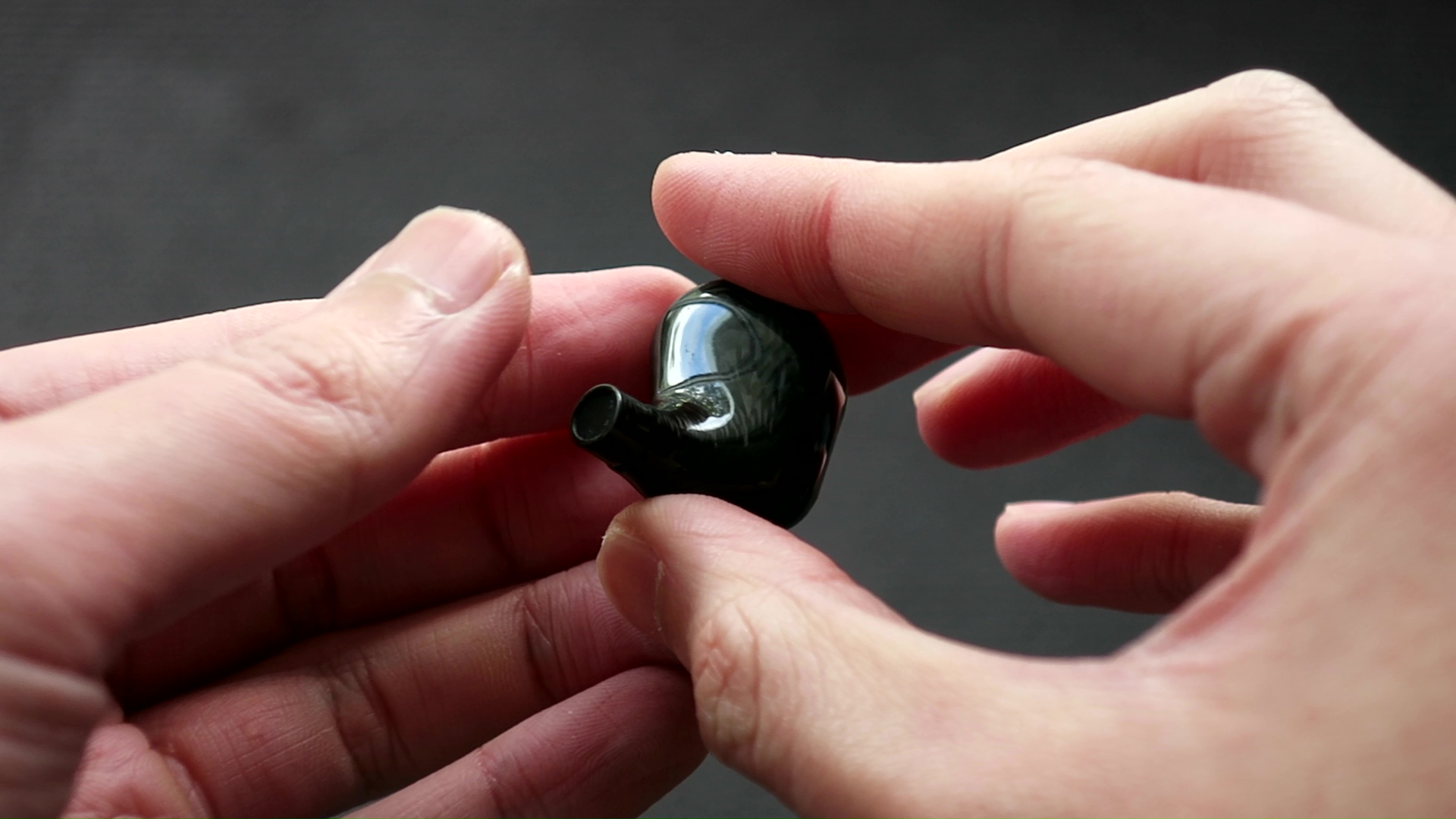

Earpieces: The Phonix stands out as one of the most visually captivating IEMs I have come across thanks to the reflective faceplates that create mesmerizing color shifts under varying lighting conditions. These earpieces are crafted from a lightweight resin material, ensuring a comfortable wearing experience. However, it is worth noting that the earpieces are on the larger side, and the nozzles feature an oval shape, which adds to their substantial size. To accommodate the size of the nozzles, I had to use the provided CP155 ear tips, as the nozzles proved too large for my CP145 and W1 ear tips. For individuals whose ear canals can accommodate the chunky nozzles of the Phonix, the fit should be comfortable. Personally, the Phonix fit my ears as if they were custom-made, providing an optimal seal. However, during extended listening sessions, I did experience some pressure build-up, which may be a potential concern depending on individual comfort preferences.
In terms of isolation, the Phonix performs well when used indoors. I did not test these A$6000 IEMs in outdoor environments such as walking or commuting, so I cannot speak to their performance in those scenarios.
Tonality
Frequency response of Phonix against the Andromeda 2020 and U12T. Measurements were done with an IEC-711-compliant coupler and might only be compared with other measurements from this same coupler. Visit my graph database for more comparisons.

It is helpful to think of an IEM as a filter that highlights or subdues different parts of the incoming audio signal. This effect can be measured objectively by the squiggly lines above, called Frequency Response (FR) graphs, which measure how loud an IEM is at different frequencies from 20Hz (bass) to 20kHz (upper treble). Subjectivity is how your ears and brain interpret the effect of that filter on your music and decide whether it is “enjoyable.” There are some “rules of thumb” when it comes to tonality, but most interesting IEMs usually bend the rules masterfully.
In one sentence, the sound signature of the Phonix can be described as natural-warm or “mid-centric” with excellent resolution and detail.
The midrange of the Phonix exhibits a warm coloration, reminiscent of the Campfire Audio Andromeda 2020. This characteristic makes it appealing to those who prefer a deviation from the flat midrange found in many IEMs today. At the same time, the coloration of the Phonix’s midrange remains within the realm of “natural,” without pushing boundaries like the FirAudio XE6. Despite what the graph suggests, the Phonix sounds more natural and balanced, possibly due to the use of balanced armature (BA) drivers rather than “slow” and woolly dynamic drivers.
Listening to “Jolene” by Pentatonix and Dolly Parton, I found that the Phonix renders all the voices naturally and realistically, with a pleasant warm hue. Each vocal is equally present and natural, without any noticeable sibilance. The voices are positioned more forward and closer together at the center of the stage, creating an intimate soundstage. Similarly, when I listened to “Livin’ On a Prayer” by Bon Jovi, I didn’t detect any sibilance or harshness, even at higher volumes. Bon Jovi’s energy remains intact without any harshness.

The Phonix’s midrange also excels with instrumental music. For instance, when listening to Mozart’s String Quintet No. 3 in C Major by Quatuor Ebene & Antoine Tamestit, I noticed that all instruments had a warm yet natural tonality. The BA drivers contribute to a slightly thinner note weight, balanced out by the warmer tuning. Another advantage of Phonix is that is can faithfully reproduce the dynamic variations in the recording, offering a sense of ebb and flow and is sometimes missing with my Andromeda 2020. Even in dense orchestral pieces featuring multiple cellos, the Phonix maintains clarity without muddiness. For example, in “Game of Thrones Medley” by 2CELLOS, the background strings cut through the foreground cellos, allowing discernment and tracking of the violins placed at the periphery of the stage. Even during the intense sections from 1:30, the lower midrange remains clear, making it easy to pinpoint and appreciate the nuances and details of the cellos.
In terms of instrument balance, nothing stood out or felt buried. The bass was present, vocals were prominent, and cymbals and hi-hats were clearly audible. What sets the VE Phonix apart is its ability to maintain razor-sharp instrument separation and placement, extracting nuanced details from the midrange despite its warm and colored tuning.

The bass response of the Phonix relies solely on BA drivers and does not attempt to hide the “BA timbre.” This means that the bass notes have sharp attacks and quick decay, lacking the noticeable “bounciness” and decay found in high-quality dynamic drivers. This effect is evident when listening to drums in tracks like “Battle Bar” by Yuki Hayashi and the opening drum line of “Hotel California” by Eagles (Live on MTV, 1994).
What surprised me about the Phonix was its ability to reproduce dynamic swings, or rapid and large jumps in loudness. In simple terms, Phonix is an energetic and toe-tapping IEM. During impactful moments like the downbeats played by the orchestra in “Let the Battles Begin!” by Square Enix Music and Nobuo Uematsu, the Phonix delivers powerful slams. The slams created by the bass guitar and drums in “G.O.A.T.” by Polyphia are also faithfully reproduced. Due to the bass decay of the BA drivers, the bassline remains clean and “fast” despite the dynamic swings.
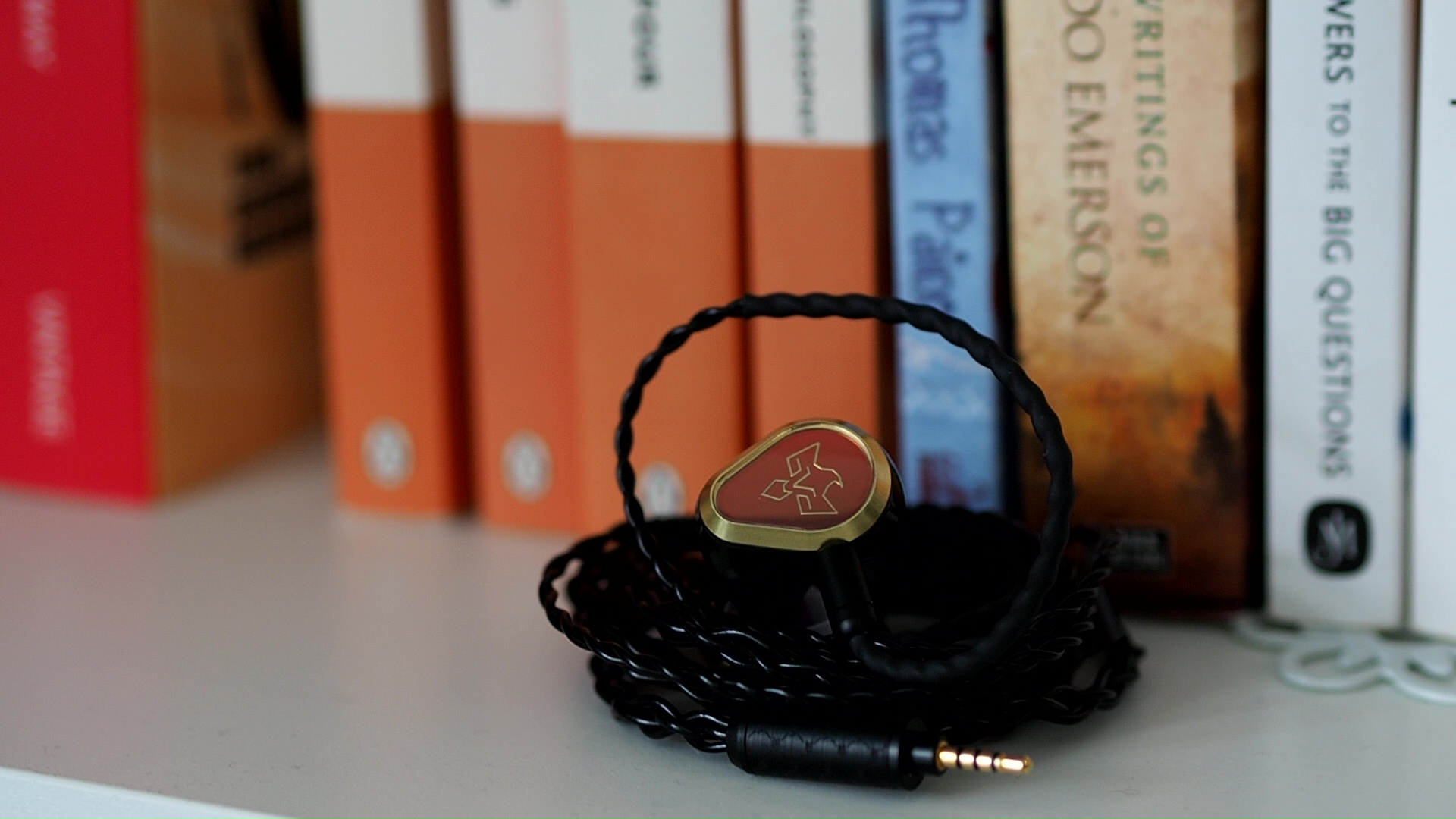
The treble response of the Phonix takes a step back, providing support to the midrange and bass. Cymbals and hi-hats in “G.O.A.T.” are present and easy to track without being overly loud or overpowering. The Phonix maintains a comfortable and non-fatiguing treble presentation, even with tracks that tend to emphasize sibilance. At the same time, it excels in reproducing details and texture of high-pitched instruments. When paying attention, one can discern a multitude of small details rather than just high-pitched splashes. The tonality and timber of the treble are also natural, evident in the authentic-sounding claps at the beginning of “Synchro (Bom-ba-ye)” by Tokyo Kosei Wind Orchestra.
If there is one aspect of the Phonix’s treble to criticize, it would be the reserved upper treble. In comparison to IEMs with strong treble extension, the Phonix feels milder and less extended. For instance, when listening to Bach’s “Flute Partita in A Minor, IV: Bourree Anglaise” by Emmanuel Pahud, it was slightly harder to discern the reverb and decay of the flute in the venue compared to my U12T and Andromeda 2020.
Soundstage Imaging

Stereo imaging or “soundstage” is a psychoacoustic illusion that different recording elements appear at various locations inside and around your head. Your brain creates based on the cues in the recording, which are enhanced or diminushed by your IEMs, your DAC, and your amplifier. Some IEMs present a wide but flat soundstage. Some present a “3D” soundstage with layering, depth, and height. In rare cases, with some specific songs, some IEMs can trick you into thinking that the sound comes from the environment (a.k.a., “holographic”)
The Phonix demonstrates excellent imaging capabilities. It excels in accurately placing instruments with precise boundaries, allowing for easy tracking of individual instruments and voices even in busier sections of the music. In addition to the well-defined left-to-right separation, Phonix is also effective at conveying a sense of distance and layering among the instruments. This results in a soundstage that goes beyond a flat plane, creating a three-dimensional sphere where instruments can be positioned closer or further away, higher or lower. There is noticeable separation between the foreground, such as the singer and the band in “Hotel California,” and the background elements, such as the cheers of the audience.
However, the Phonix does have limitations when it comes to the overall shape of the soundstage. Most instruments tend to be concentrated around the center of the soundstage rather than spreading out widely across the stage. Furthermore, the center of the soundstage feels more localized within the listener’s head. As a result, the Phonix may not convey an expansive perception of soundstage size like some other top-of-the-line (TOTL) IEMs.
Resolution

Resolution is a fascinating subject due to the difficulty of pinning down what it really is. To me, “resolution” can be broken down into three components: (1) Sharpness, incisiveness, or “definition” of note attacks (see the figure above). (2) The separation of instruments and vocals, especially when they overlap on the soundstage. (3) The texture and details in the decay side of the notes. The first two give music clarity and make it easy to track individual elements of a mix. The last provides music details and nuances. Smooth and well extended treble response plays a crucial role.
The VE Phonix impresses with its exceptional resolution, evident in various aspects such as instrument separation, note definition, and detail retrieval. The strong separation between voices in songs like “Jolene” by Pentatonix, featuring Dolly Parton, allows for effortless isolation and tracking of individual voices, even during dense sections of the music from 1:30. Each voice line is rich in detail, surpassing the performance of my venerable U12T. A similar observation holds true when listening to “Livin’ On a Prayer” by Bon Jovi, where it becomes easy to follow individual instruments, especially the guitar on the side of the stage.
Moreover, the Phonix excels in revealing background ambience and details that might often go unnoticed. In “Beat It” by Michael Jackson, I could hear electronic sounds acting as the background ambience, particularly noticeable on the far right of the stage. This background ambience is something that I missed with most of my other IEMs. Similarly, the background cheers in “Hotel California” (Live on MTV, 1994) by Eagles were crisp, clear, and detailed, while still maintaining a sense of distance within the soundstage.
Comparison and Rating
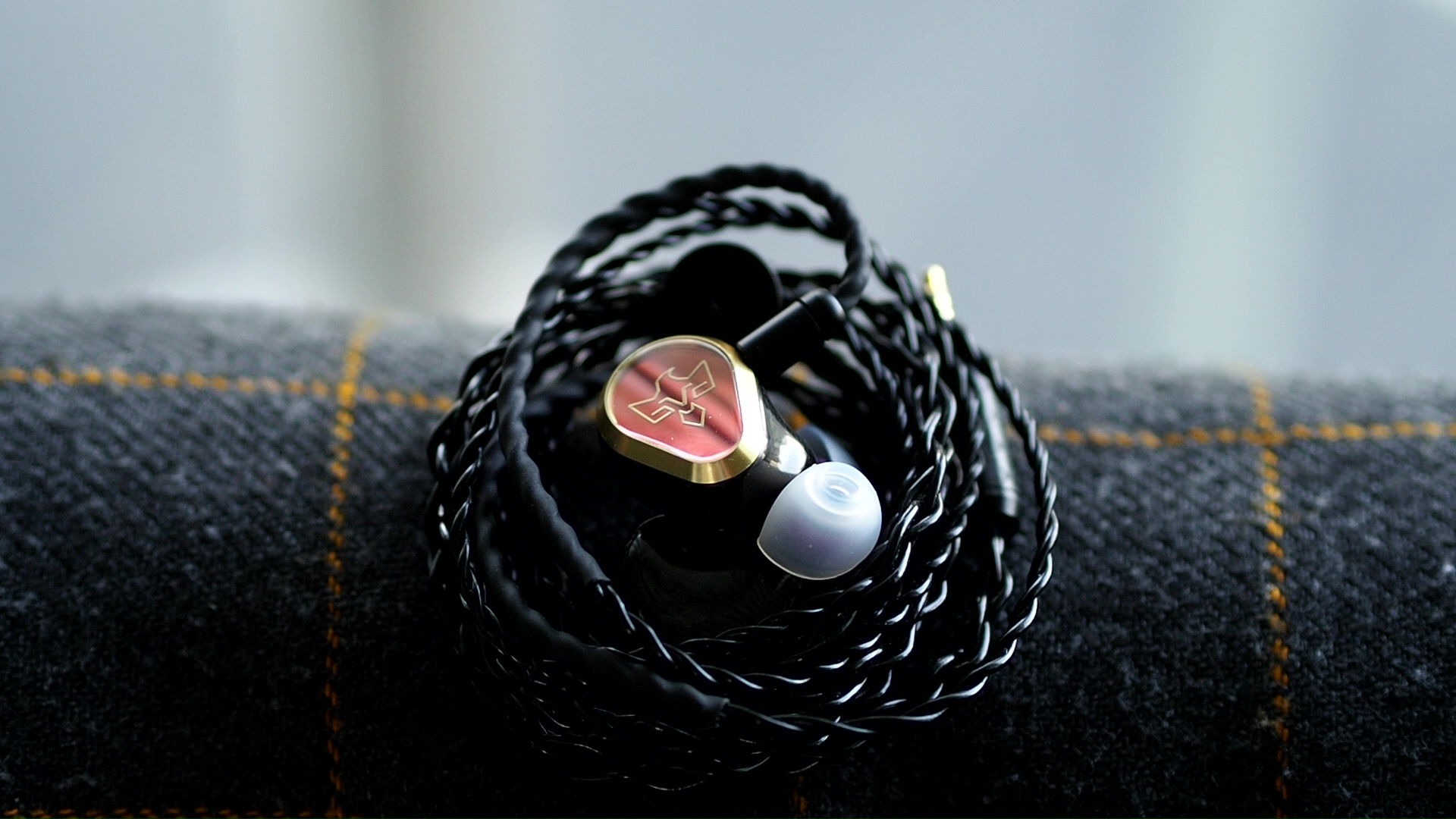
Tonality: The tonality of the Phonix is pleasantly colored without becoming niche or unnatural. This tonal characteristic synergizes well with the characteristics and timbre of the BA drivers, showcasing the tuning prowess and refinement of the VE team. I would rate it as excellent (5/5).
Percussion Rendering: Aria (3/5) < Blessing 2 (4/5) < U12T / E5000 (5/5) = Phonix (5/5)
While Phonix’s bass utilizes BA drivers with their distinct “BA timbre,” it manages to turn this characteristic into a strength. The result is energetic and clean bass lines with satisfying dynamic swings. Personally, I find the bass to be excellent (5/5).
Resolution: SE215 (3/5) < Blessing 2 (4/5) < Andromeda 2020 (4.5/5) < U12T (5/5) < Phonix (6/5???)
Despite its warm and colored tonality, the Phonix effortlessly outperforms my benchmark for excellence, the venerable U12T, in terms of resolution. The resolution of the Phonix is among the best I’ve experienced in an IEM. It is truly outstanding (5/5).
Soundstage: SE215 (3/5) < Blessing 2 (4/5) < Andromeda 2020 (5/5) = Phonix (5/5)
The Phonix boasts exceptional imaging capabilities, accurately placing instruments on the stage with razor-sharp precision. It also excels at pushing the background layer of the soundstage, such as the cheers in live recordings, into the surrounding environment, creating a holographic presentation. However, the overall shape of the soundstage may be considered relatively small due to the thick and warm midrange. Nevertheless, the impressive instrument separation and placement compensate for this, resulting in an excellent soundstage (5/5).
Conclusion
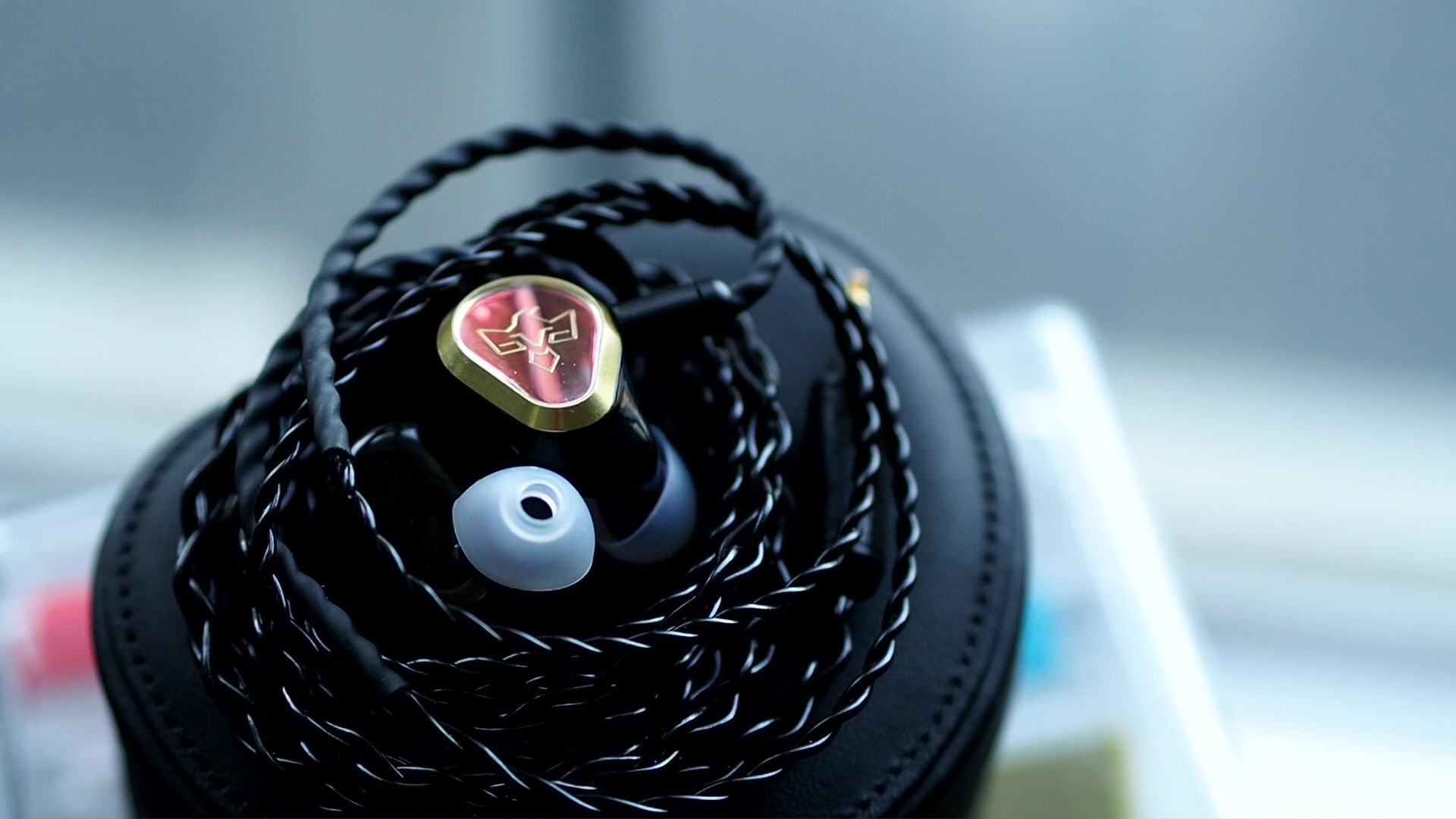
The Vision Ears Phonix is undoubtedly an impressive top-of-the-line (TOTL) IEM. Its unique sound is a result of masterful tuning skills combined with strong technical performance. Phonix boasts a pleasantly colored tonality and avoids any harshness or sibilance, ensuring a smooth listening experience. At the same time, it delivers TOTL resolution and detail, showcasing its ability to reproduce intricate nuances in the music. The razor-sharp instrument separation and placement further contribute to its impressive technical performance.
As for cons, the soundstage may not feel particularly large, which might be a drawback for those seeking a more expansive and spread-out soundstage experience. Additionally, some listeners might desire a more pronounced emphasis on the upper treble frequencies. And, of course, the price tag is shocking.
In terms of target audience, the Phonix is well-suited for individuals who appreciate a colored and musical sound signature, along with top-notch resolution. If you prefer a more intimate and closed-in presentation, the Phonix could be an appealing choice.
Pros:
- Pleasantly coloured tonality
- No harshness or sibilance
- Dynamic sound
- TOTL resolution and detail
- Razor sharp instrument separation and placement
Cons:
- The soundstage does not feel large
- Upper treble could be more highlighted
- Price
